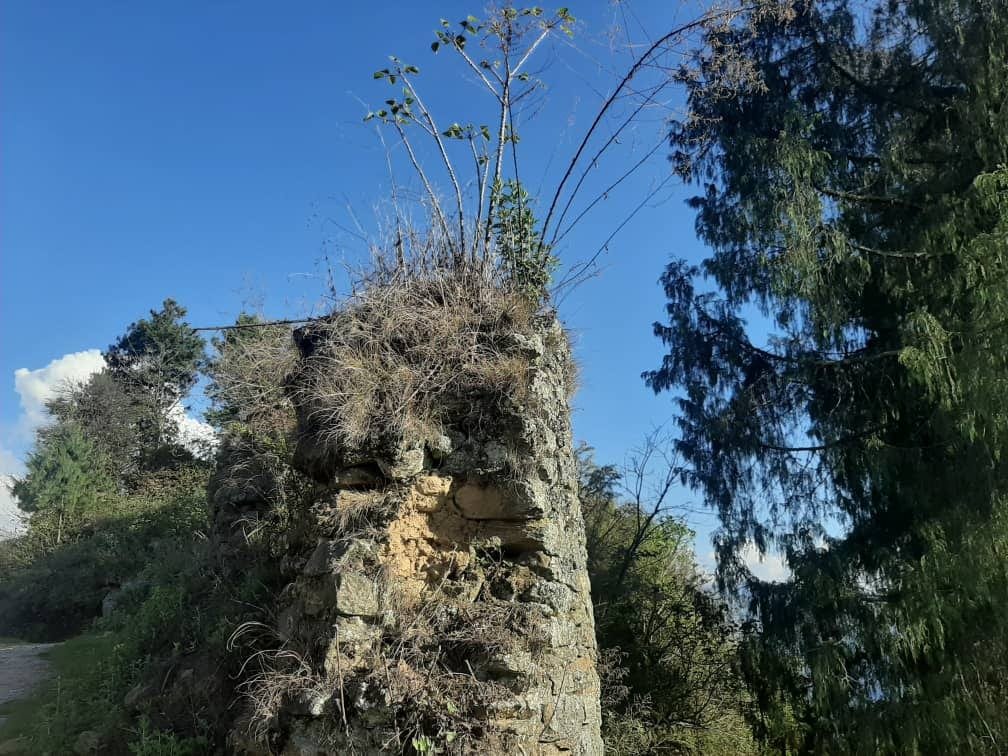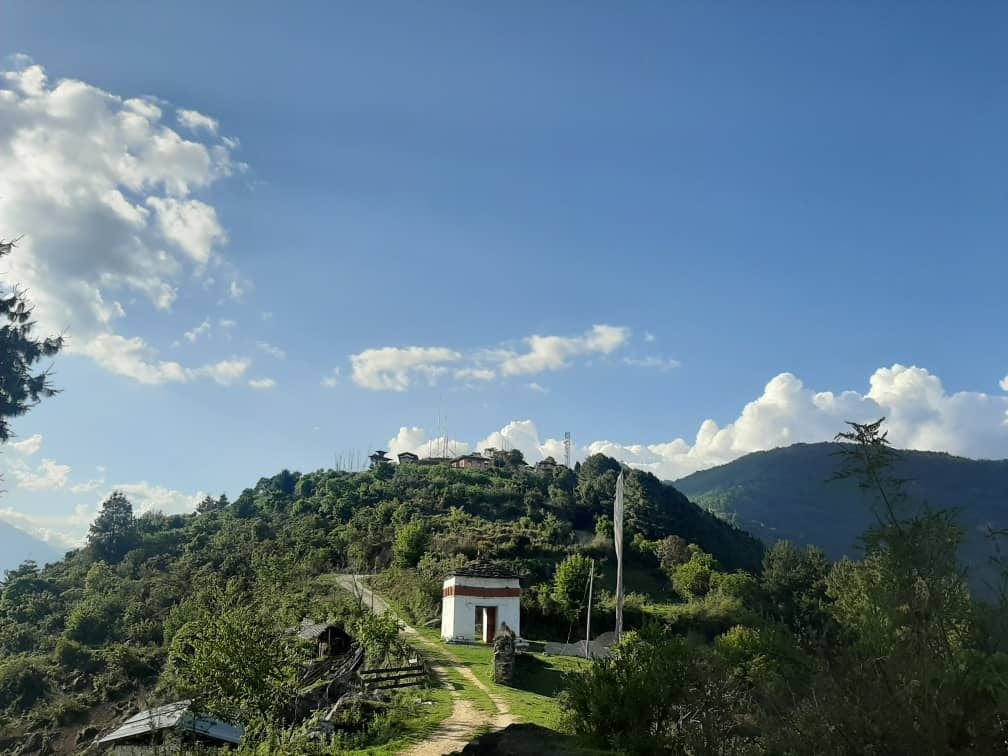Several villages like Tsenkarla, Melongkhar, Jamkhar, and others were believed to have come to exist under his reign and even to this day, the villages are still known by the same names.
It is also said that when the village of Mugtang in Bartsham was suffering from a water crisis, Lhasey Tsangma had sprouted water to help the villagers. The water body is known as Serchu( gold water) and nyechu(silver water).

For instance, the place Jamkhar at Yangtse got its name while Tsangma was to impart Buddhism and his knowledge to the people of Jamkhar where he asked the people to build him a house. The people responded saying jam which means easy and khar stands for the palace. Ever since that day the place is known as Jamkhar.
Jamkhar in Trashi Yangtse are well known for weaving Bura (raw silk) textiles as an alternative source of income for the family.
Tsen said to be central and khar meaning castle, Tsenkharla is located at the top of a hill and most likely to have been the central region of all Khars around Trashi Yangtse.
Tsenkharla (summer residence) his main seat and Jamkhar (winter residence) now lying in ruins built by Tsangma are Trashiyangtse’s two documented most ancient settlements, and indeed, the whole of Eastern Bhutan traces their cultural development and progressive evolution to these two historical sites. Heritage Village, Yangtse
One might easily miss the sight of the ruins of the palace while exploring Tsenkarla. Therefore, you might want to stay vigilant while going along the Path to Zangdopelri, because amid the greenery you will spots walls, the ruined palace.

Lhasey tsangma had two sons namely, Thrimi Lhai Wangchuk and Chebu Thonglektsen. His first son left for Arunachal Pradesh on being invited to be their ruler. His younger son, chebu built the Dongdi Dzong now known as the Trashi Yangtse dzong.
Bhutanese tales have historical facts with a hint of magic in them. If you have to know the biography of the Lhasey Tsangma in chronological order then it might become challenging since it dates back to the 8th century. However, in the mention of his name you will hear stories full of mystery and magic you might want to say. One of which is the story, the magic pot.

The place Jamkhar at Yangtse got its name while Tsangma was to impart Buddhism and his knowledge to the people of Jamkhar where he asked the people to build him a house. The people responded saying jam which means easy and khar stands for the palace. Ever since that day the place is known as Jamkhar.
If the village of Tsenkhar was to have mass celebrations or hold religious ceremonies then the ruins of the palace would aid the people by giving them pots to prepare their meals. The villagers had to ask for the pot in front of the ruins and the next day, they would have been presented with it. This went on until one day; a villager returned the pot unwashed. After that incident the people were not given the privilege of receiving pots from the ruins.
It is also said that the place around the palace used to be haunted, whereby, the people who went around and inside the palace got possessed by spirits. One of the stories is about a group of Indian laborers who worked in that village. They experienced a huge shadow of a stallion in front of the ruins which got them scared very badly.

It is also said that when the village of Mugtang in Bartsham was suffering from a water crisis, Lhasey Tsangma had sprouted water to help the villagers. The water body is known as Serchu( gold water) and nyechu(silver water).
Bartsham Geog has a total area of 35.10 sq. km and is located in the North of Samkhar, West of Bidung and East of Yangneer Geogs and has border with Ramjar, Jamkhar and Yalang Geogs of Trashi Yangtse Dzongkhag.
Lhasey tsangma had two sons namely, Thrimi Lhai Wangchuk and Chebu Thonglektsen. His first son left for Arunachal Pradesh on being invited to be their ruler. His younger son, chebu built the Dongdi Dzong now known as the Trashi Yangtse dzong. He settled in Bhutan and looked after the region after his father.
Trashiyangtse Dzong is built on a ridge past which the Dongdi chu flows.

Lhasey Tsangma dedicated his life to impart Buddhism and unify the eastern Khars. He also groomed his sons to be rulers and to carry out the activities after him. Very little is known about him, however, it is evident that he is a great historical figure whose tales have been echoing through centuries and so forth.
Lhasey Tsangma was one of the five grandsons of Choeje Trisong Detsan (One of the Emperors of Tibet)
Content Contributed by Banshika Rai








